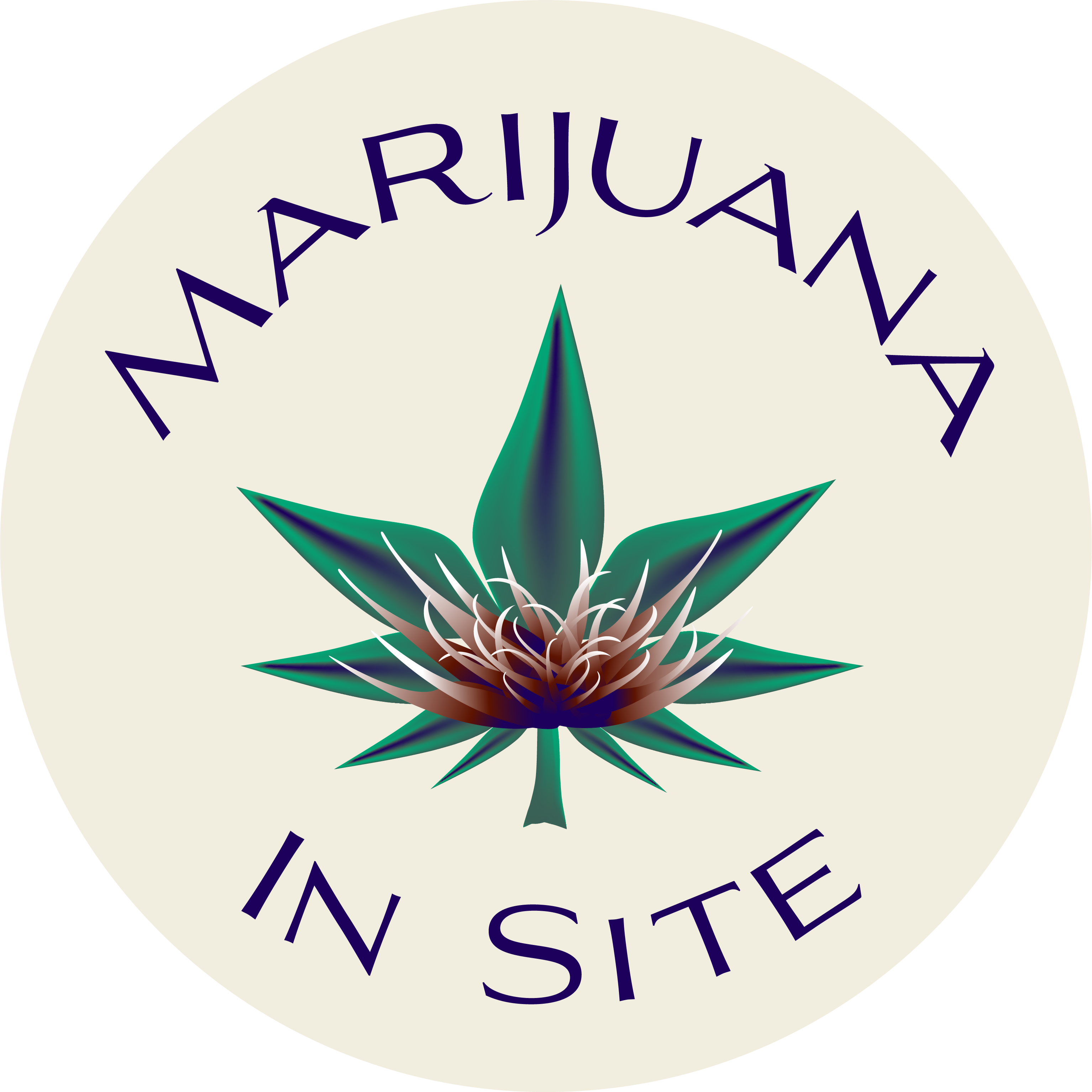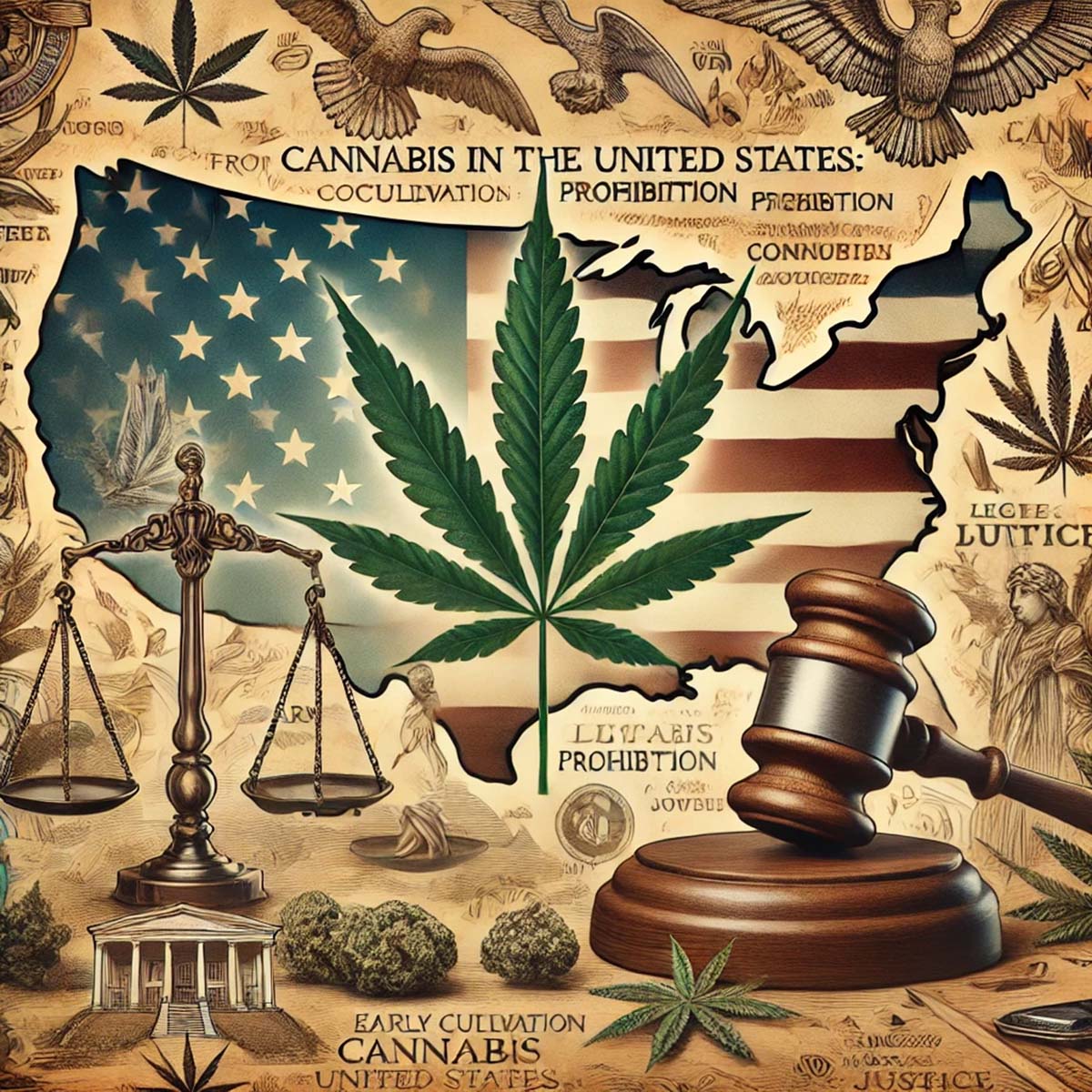The history of cannabis in the United States is a tale of shifting perceptions and policies. From its early cultivation for practical uses to the stringent prohibition era and the recent waves of legalization, cannabis has seen a dramatic evolution in its legal and cultural status. In this blog, we will explore the journey of cannabis in the United States, tracing its roots, the path to prohibition, and the current landscape of legalization and regulation.
Early Cultivation and Uses: Cannabis was introduced to the American colonies in the early 1600s. The plant, particularly its hemp variety, was highly valued for its practical applications.
- Hemp Cultivation: Early settlers cultivated hemp for its strong fibers, which were used to produce ropes, sails, and textiles. Hemp was so crucial that in 1619, the Virginia Assembly passed a law requiring every farmer to grow hemp.
- Medicinal Uses: By the 19th century, cannabis extracts were widely used in American medicine. It was included in the United States Pharmacopeia in 1850 and was commonly prescribed for various ailments such as pain, inflammation, and nausea.
The Path to Prohibition: The early 20th century saw a significant shift in attitudes toward cannabis, driven by a combination of social, economic, and racial factors.
- Racial and Social Factors: The influx of Mexican immigrants during the Mexican Revolution (1910-1920) introduced recreational cannabis use to American society. Anti-immigrant sentiments and racial prejudices contributed to the negative perception of cannabis, which was associated with Mexican immigrants and African American jazz musicians.
- Economic Factors: The burgeoning industries of pharmaceuticals and synthetic fibers saw cannabis as a competitor. Efforts were made to discredit cannabis to promote these emerging markets.
- Legislative Actions: The first significant legal step towards cannabis prohibition was the Marihuana Tax Act of 1937, which effectively banned the plant by imposing strict regulations and taxes. This law was championed by Harry Anslinger, the head of the Federal Bureau of Narcotics, who launched a campaign to demonize cannabis.
The Prohibition Era: For much of the 20th century, cannabis remained illegal in the United States, and the penalties for its possession and use were severe.
- War on Drugs: The 1970s saw the intensification of the War on Drugs under President Richard Nixon. The Controlled Substances Act of 1970 classified cannabis as a Schedule I drug, deeming it to have a high potential for abuse and no accepted medical use. This classification severely restricted research and led to harsh penalties for cannabis-related offenses.
- Reefer Madness: Anti-cannabis propaganda films like “Reefer Madness” in the 1930s and 1940s depicted cannabis use as dangerous and leading to moral decay, further entrenching negative stereotypes.
The Shift Towards Legalization: The late 20th and early 21st centuries witnessed a gradual shift in public perception and policy towards cannabis.
- Medical Marijuana Movement: In 1996, California became the first state to legalize medical marijuana with the passage of Proposition 215. This marked the beginning of a nationwide movement, with many states following suit and recognizing the medicinal benefits of cannabis.
- Recreational Legalization: In 2012, Colorado and Washington became the first states to legalize recreational cannabis use. This groundbreaking shift paved the way for other states to consider similar measures.
- Public Opinion: Increasing public support for cannabis legalization has been driven by growing awareness of its medical benefits, the economic potential of a regulated market, and the social justice issues related to the War on Drugs.
The Current Landscape: Today, the legal landscape of cannabis in the United States is a patchwork of varying state laws and regulations.
- State Legalization: As of now, over 30 states have legalized medical marijuana, and more than 10 states have legalized recreational use. Each state has its regulatory framework, addressing aspects such as cultivation, distribution, and consumption.
- Federal Status: Despite significant progress at the state level, cannabis remains illegal under federal law. The federal government’s stance creates challenges for the cannabis industry, particularly in areas such as banking and interstate commerce.
- Economic Impact: The legal cannabis industry has become a significant economic force, generating billions of dollars in revenue and creating thousands of jobs. States with legalized cannabis have benefited from increased tax revenue and economic growth.
- Social Justice and Reform: There is growing recognition of the need for social justice in cannabis policy. Efforts are being made to address the disproportionate impact of cannabis prohibition on communities of color, including expunging criminal records and promoting equity in the cannabis industry.
Takeaways
The history of cannabis in the United States is marked by periods of acceptance, prohibition, and resurgence. From its early uses as a practical and medicinal plant to its vilification and eventual re-emergence as a legal and economically significant industry, cannabis has traveled a complex path. As the landscape continues to evolve, the future of cannabis in the United States will likely be shaped by ongoing debates about federal legalization, medical research, and social justice reforms. Understanding this history provides valuable context for the current discussions and developments in cannabis policy.



